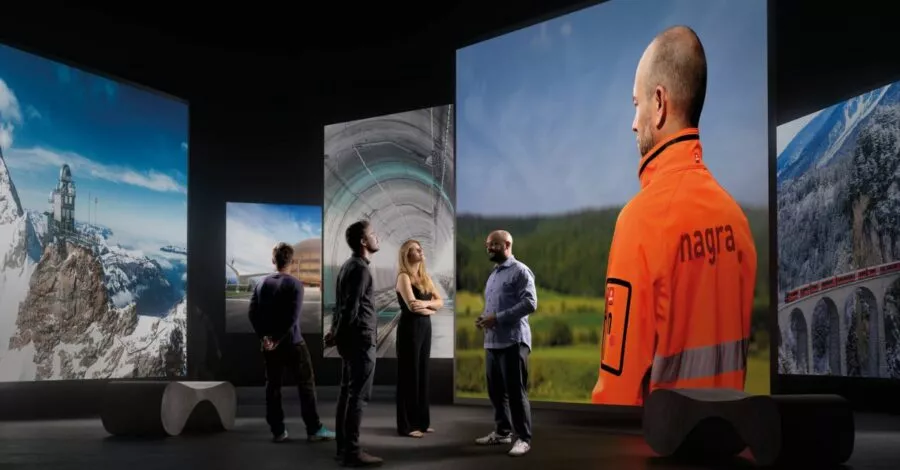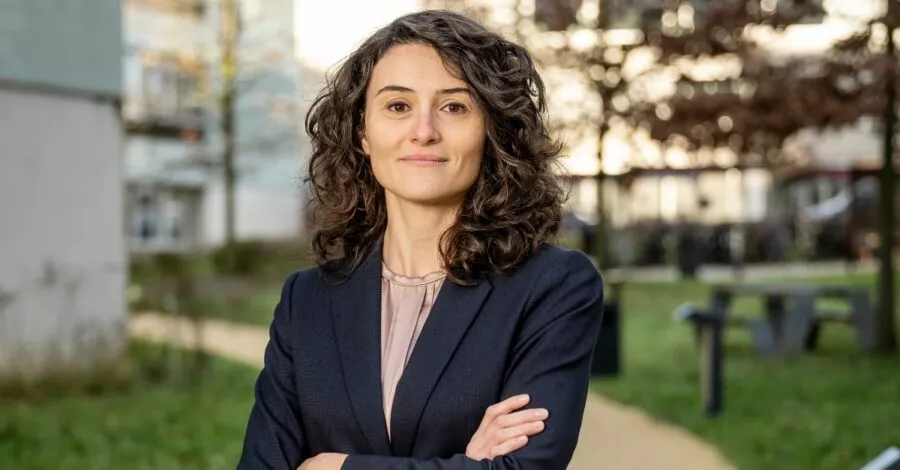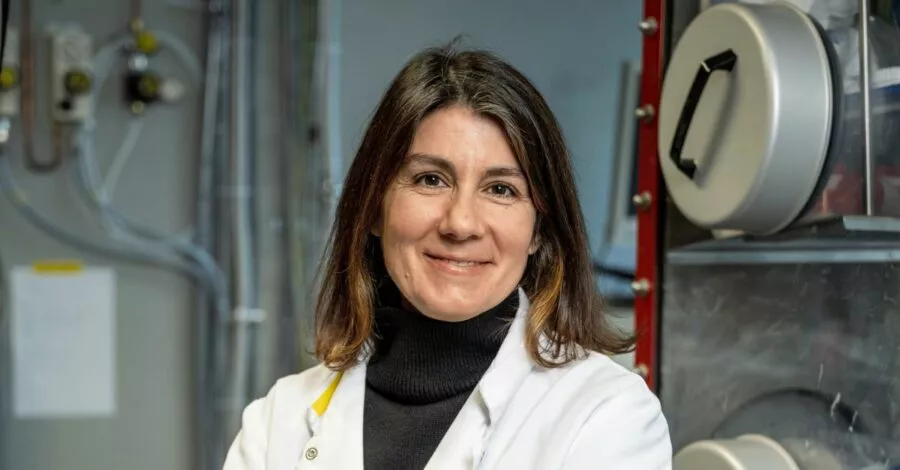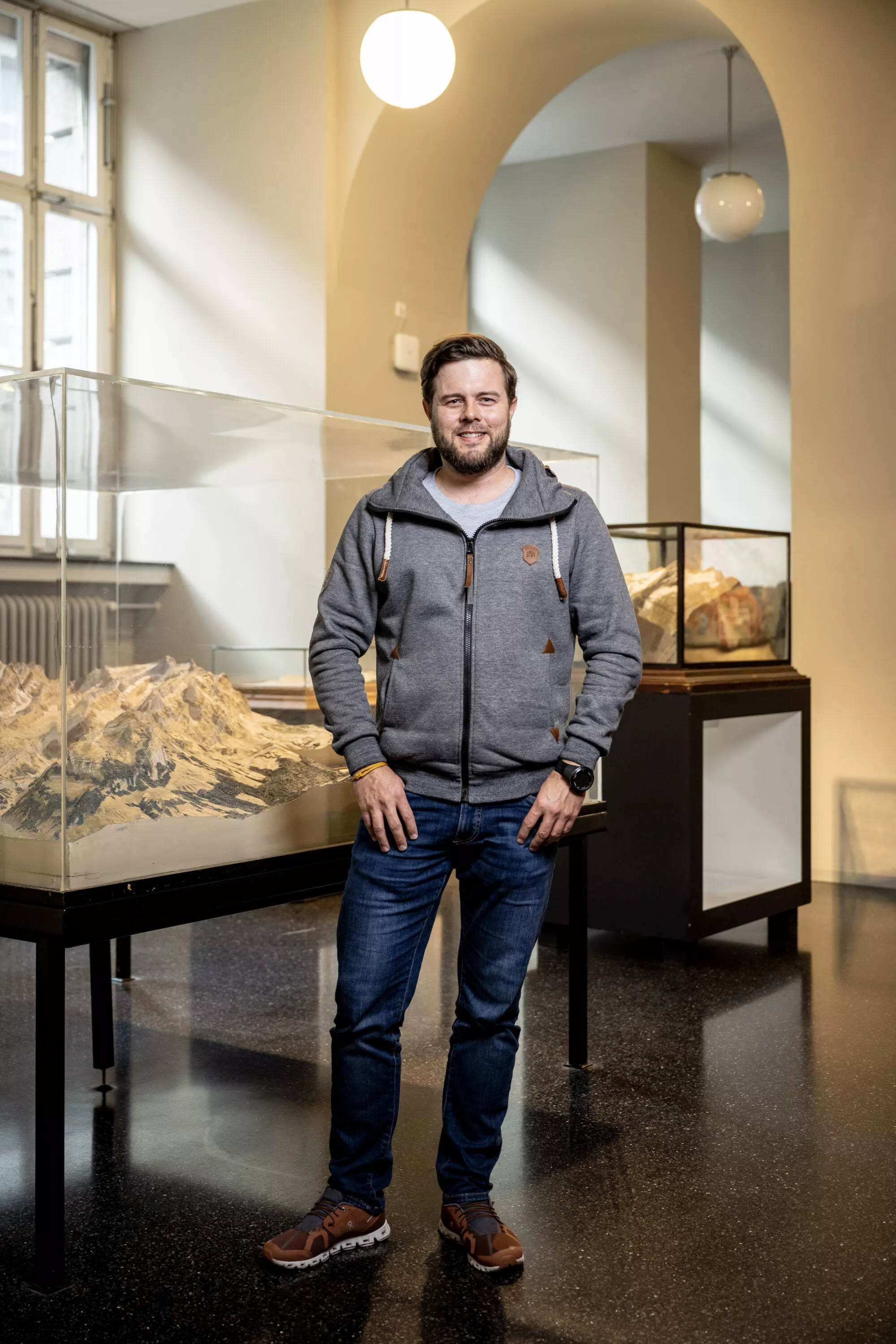
For the nine deep boreholes and the subsequent analysis of the drill cores, Nagra can rely on extensive know-how from Switzerland and abroad. Here we present scientists whose expertise contributes to the success of the project of the century of deep geological disposal. Today, we will speak with:
Stephan Wohlwend, geologist at the Swiss Federal Institute of Technology Zürich (ETHZ)
Wohlwend studied and obtained his doctorate at the Swiss Federal Institute of Technology. During his studies, he mainly focused on sedimentary rocks and their stratigraphic deposition. Stratigraphy helps to reconstruct the earth’s history by classifying the rocks spatially and temporally. Stephan Wohlwend also specialises in geochemical analysis, which he applies to Nagra’s drill cores.
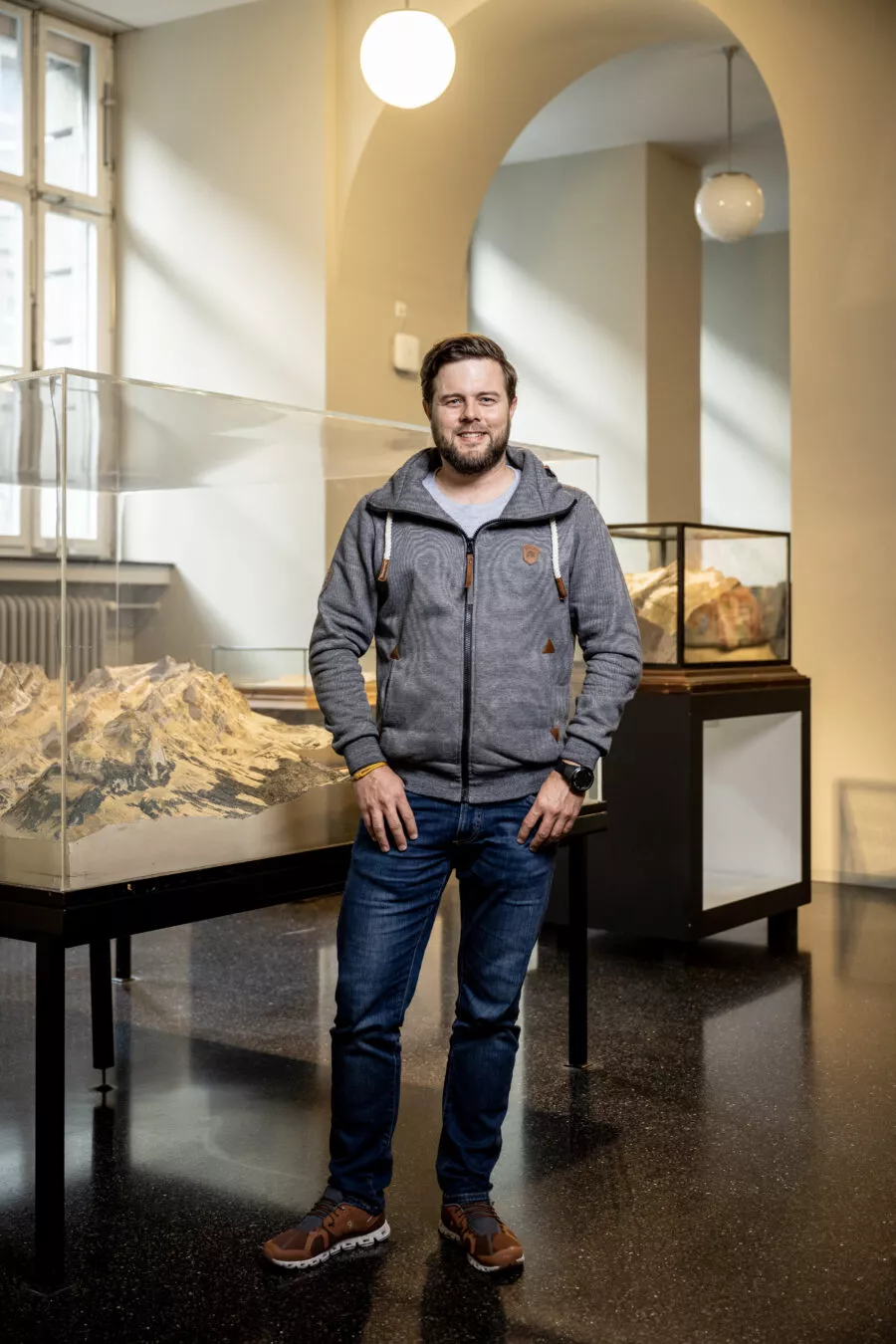
How did your involvement in the deep borehole campaign come about?
I carry out geochemical analyses. For this reason, the drill cores obtained from drilling through the complete sedimentary sequence of Northern Switzerland have always been of great interest to me. Gaudenz Deplazes, who is now a geologist at Nagra, also used to be at the ETHZ. I told him that I was very interested in these investigations and this eventually led to our collaboration. It has now lasted seven years and it is still very exciting.
What exactly are your tasks?
At the beginning of the borehole campaign, I did outcrop mapping. For this, I looked for places where the rock sequences are as completely visible as possible and easily accessible. Then I describe these sequences in detail. For this work, I was often out in the field. Some existing documentation of such outcrops dates back more than one hundred years. With my team, I revised these for the borehole campaign.
For the last four years, I was directly involved in the deep borehole campaign. On the one hand, for quality assurance purposes and, on the other hand, I was responsible for describing the drill cores together with the same team that had previously worked for Nagra. We examined everything in detail, because particularly for the Opalinus Clay and the directly overlying rocks, we still had some geological question marks. I was mainly involved in the geochemical aspects of the investigations and can say my analyses contributed many additional insights.
What fascinates you about your work?
In this project, I especially enjoy the collaboration. I work at the ETH, so my background is academic and scientific. Together with geological consultants and other universities, we work on one small facet of Nagra’s major task. In other words, I am not just writing scientific papers but also helping to solve a small piece of the puzzle. This can hopefully be used to generate something meaningful for the future.
I don’t just conduct research for the sake of it. Of course I am very curious. But this is not just about satisfying my curiosity. I want to contribute something meaningful. The interdisciplinary interaction between private industry and research, with Nagra and other universities – this is what I find very exciting.
Is this project rather unusual for you?
At the ETH, we primarily conduct research at the European level, which is financed by the National Fund, among others. The fact that there is a clear project that is financed by third-party funds is not usual here at the Geological Institute. In other projects, we have a scientific objective, look for funding and then start the research. In the case of the deep geological repository, research is carried to achieve a goal. That is somewhat different, but I personally consider it very satisfying.
What skills do you need for your job?
Everyone who deals with drill cores needs a certain ability to think in abstract terms. You look at ten centimetres of drill core and try to deduce what the rock around it might look like. That is challenging. You have to be able to imagine: “What did this area look like millions of years ago when everything here was still a seabed?”
At the same time, you must also have experience: the more you have seen, the more easily you can identify where potential difficulties might arise. It is often easier for older and therefore more experienced geologists because they have already seen so much. While that does not make them better geologists per se, it helps them to link all these data. I see it with myself: My experience from just these last five years or so helps me enormously in my understanding.
Similar articles
What does Switzerland think about the deep geological repository?
Switzerland is confident that it can realise the project of the century of deep geological disposal. A recent, representative survey shows that acceptance is high across the whole of Switzerland and in the affected region.
